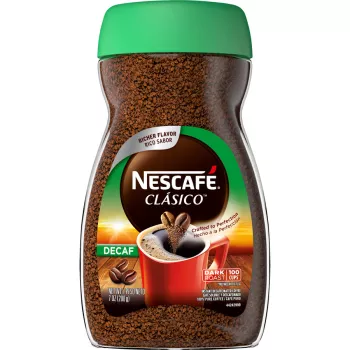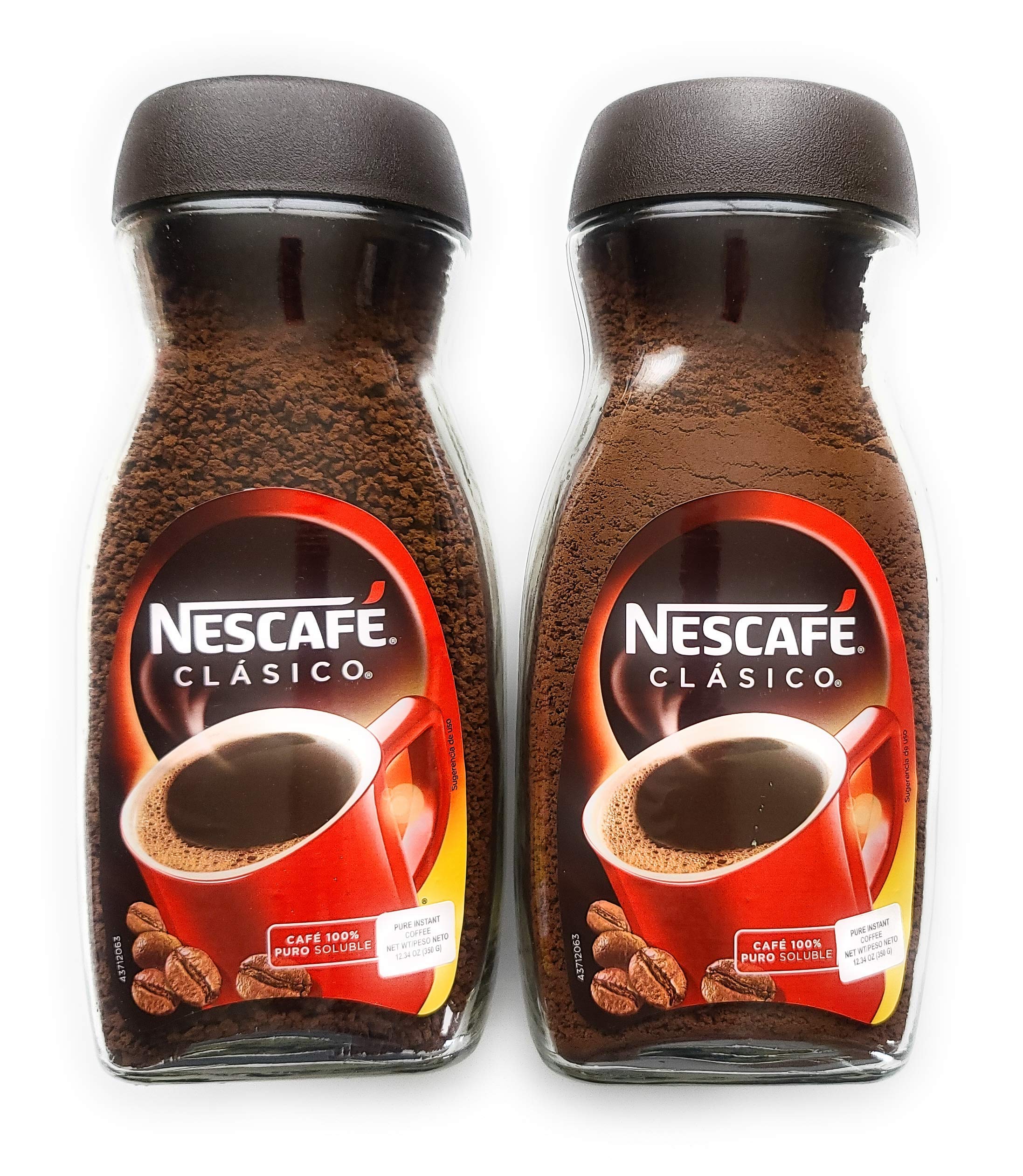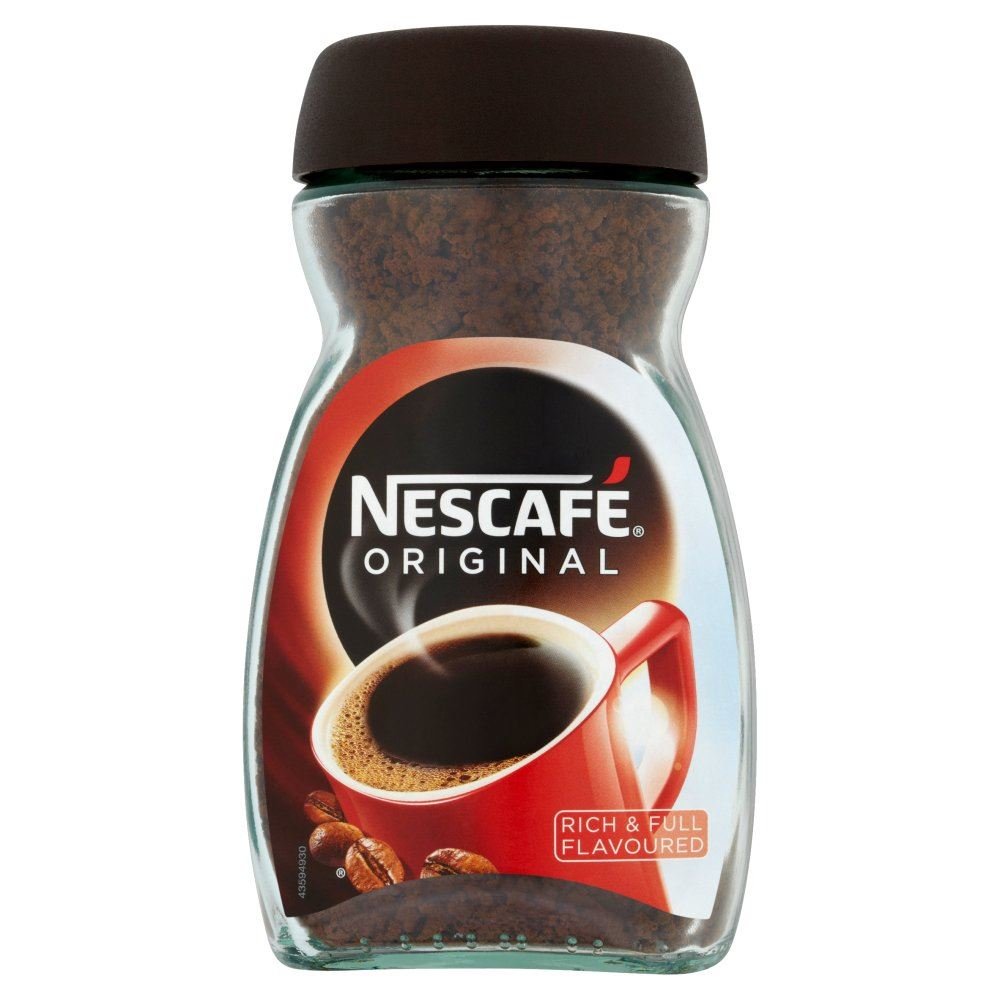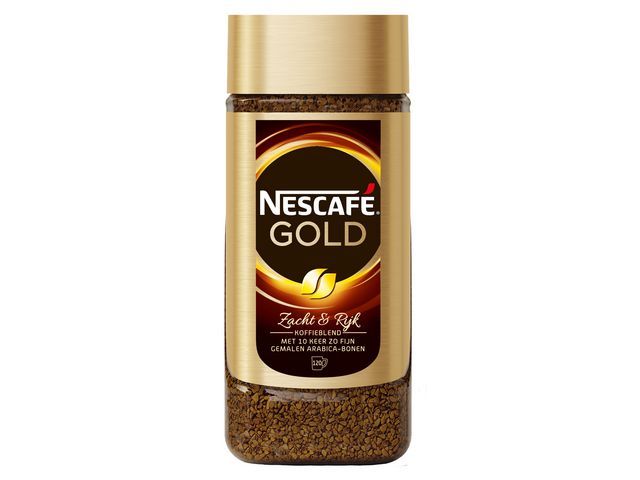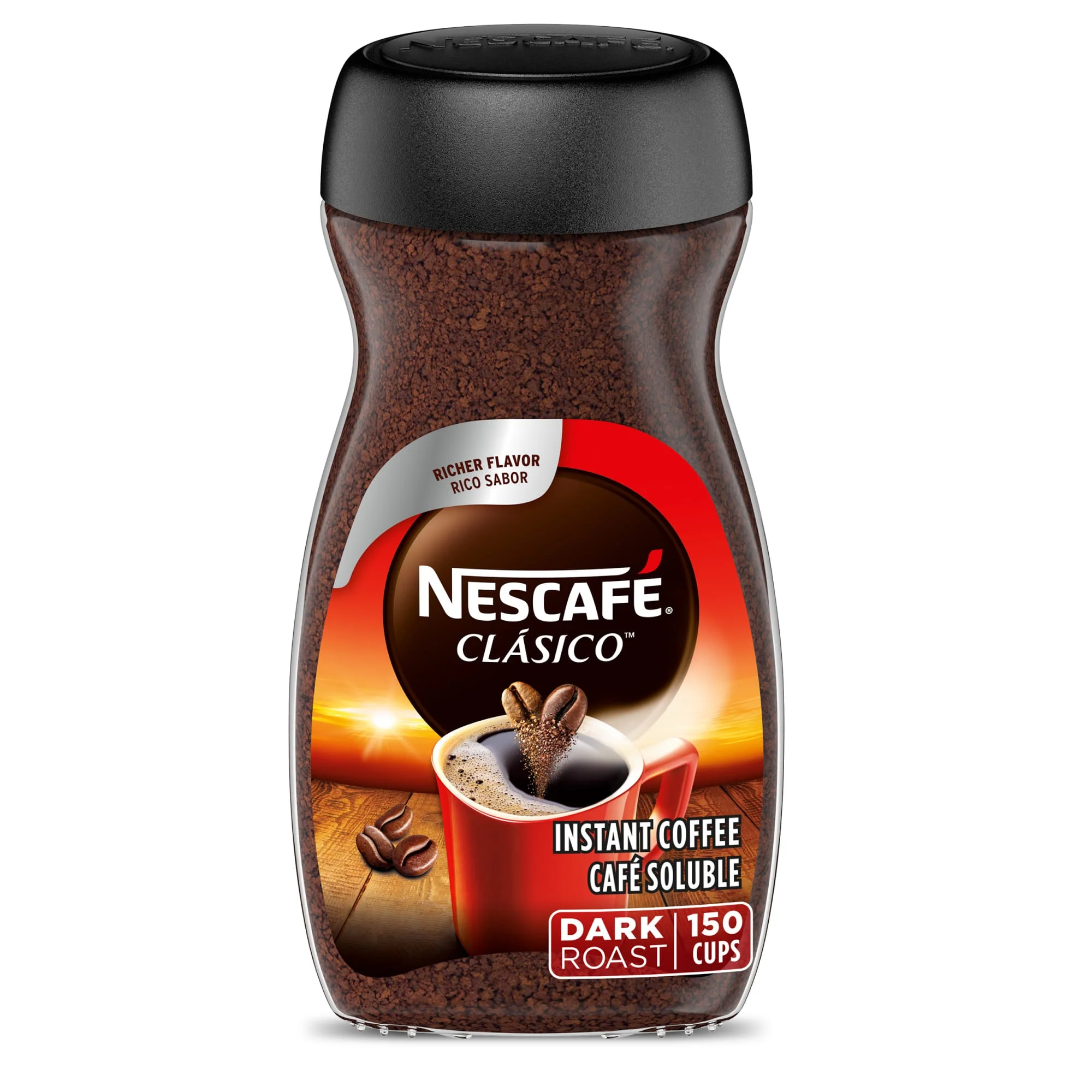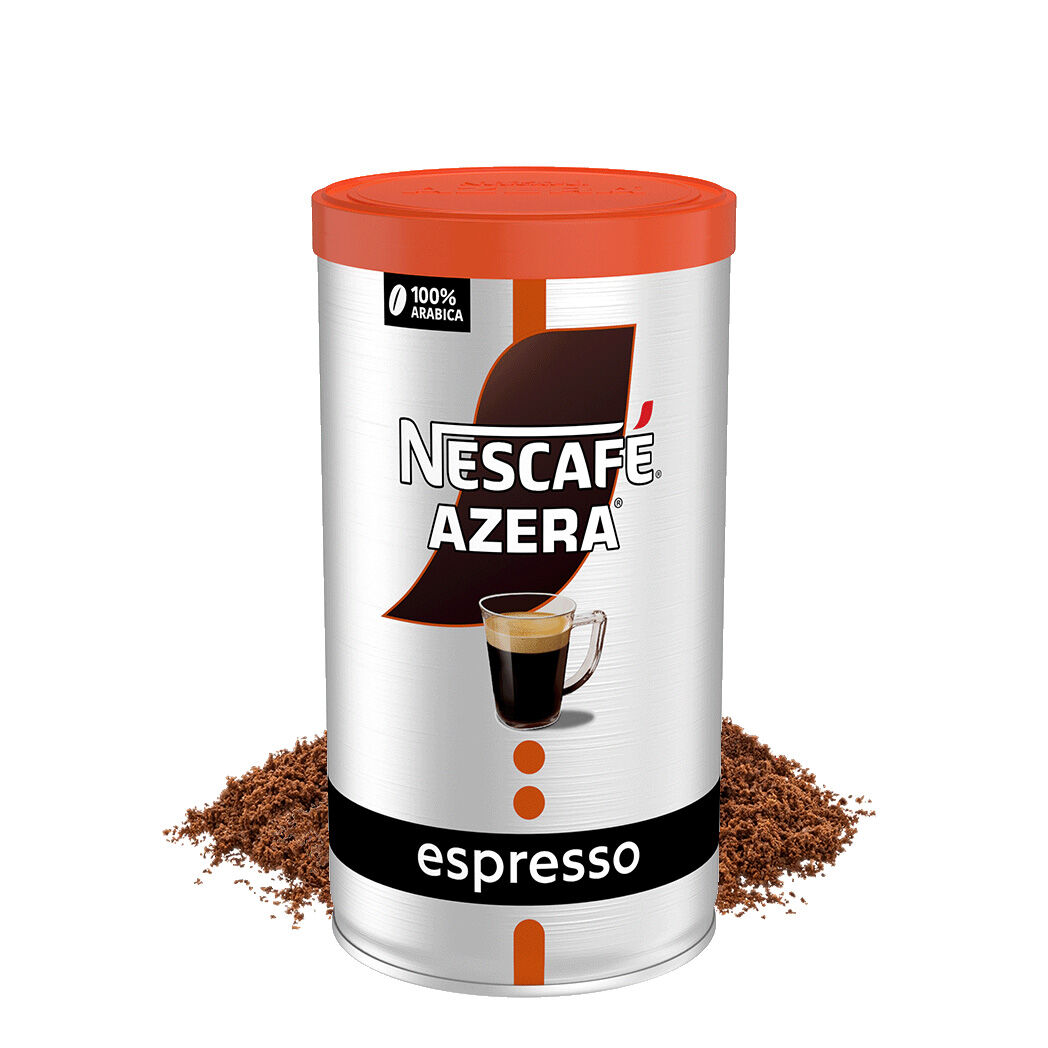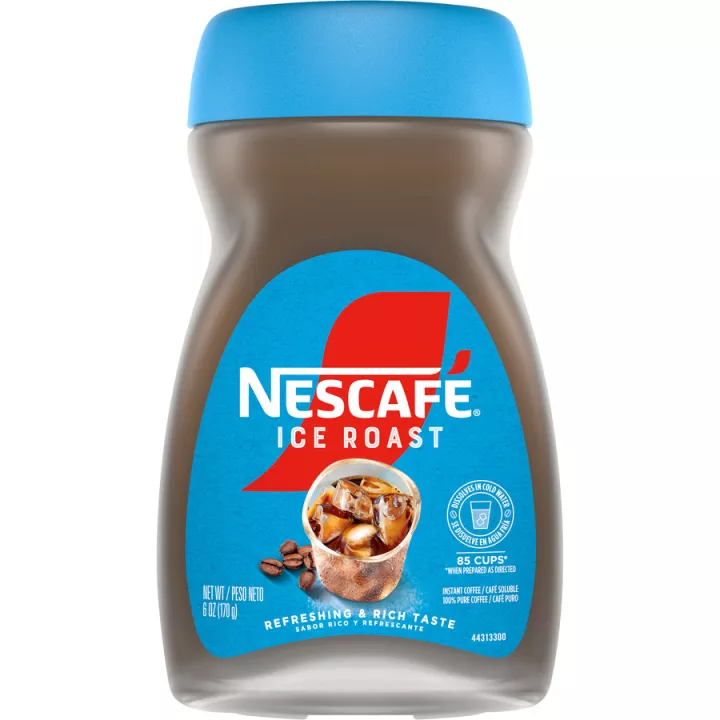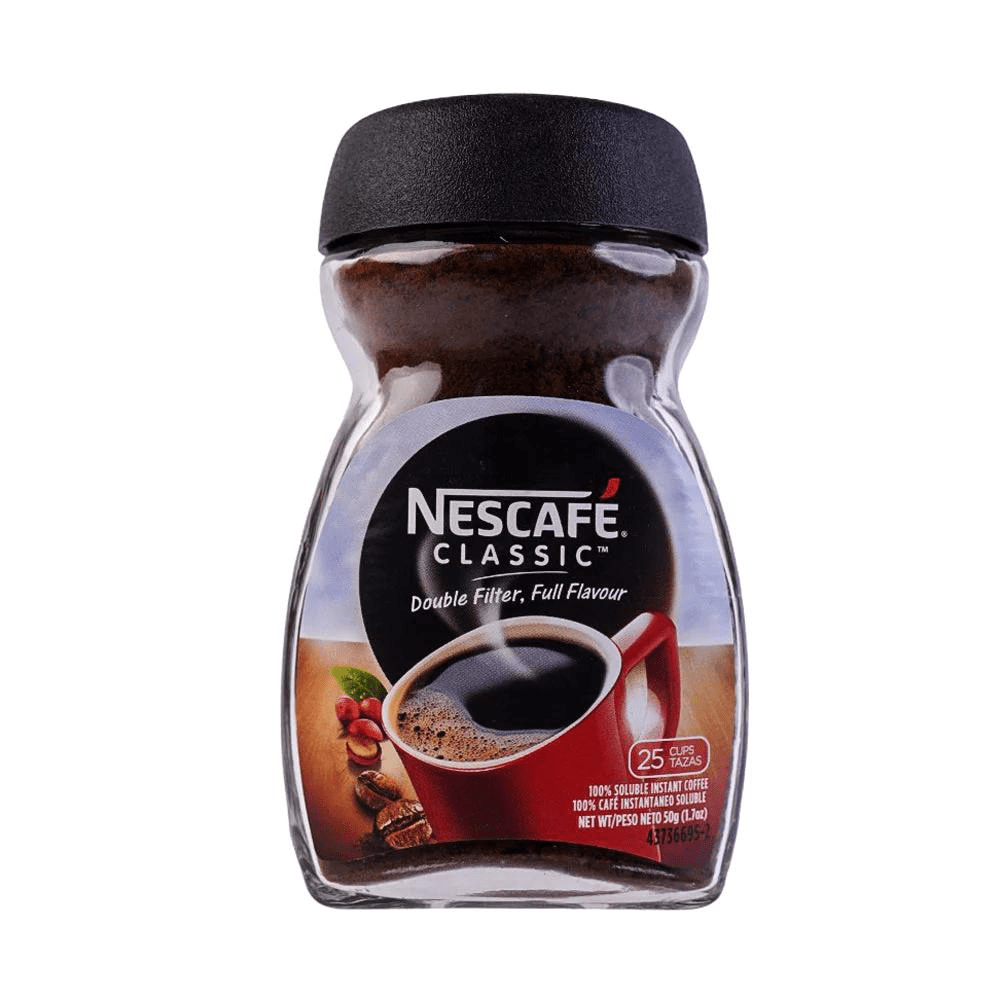Description
Nescafé Instant Coffee: A Timeless Brew for the Modern Consumer
In the world of coffee, few brands have achieved the level of recognition and popularity as Nescafé. Launched in 1938, Nescafé instant coffee has become synonymous with convenience, quality, and a comforting cup of coffee. In this article, we explore the journey of Nescafé, its place in contemporary culture, and how it continues to adapt to meet the changing tastes of coffee lovers across the globe.
The Origins of Nescafé
Nestlé, the company behind Nescafé, was approached by the Brazilian government in the late 1930s to help preserve surplus coffee beans. The solution was an innovative method to create a soluble coffee powder—Nescafé was born. With a combination of instant coffee’s unique taste and the convenience of preparing it quickly with just hot water or milk, Nescafé quickly became a household staple around the world.
Convenience Meets Quality
One of the hallmarks of Nescafé is the perfect blend of convenience and flavor. In a fast-paced world where consumers increasingly prioritize efficiency, the ability to prepare a satisfying cup of coffee in mere seconds is invaluable. Nescafé’s products come in various forms—from classic instant coffee granules to convenient coffee pods and ready-to-drink beverages—allowing consumers to choose their preferred method.
Nescafé has also committed to using high-quality coffee beans sourced from established coffee-growing regions, ensuring that their products maintain a distinctive taste. The brand’s commitment to sustainability has led to the implementation of programs that support farmers in achieving better practices, ultimately enhancing both the quality of the coffee and the livelihoods of those who grow it.
Nescafé and Global Culture
Nescafé has not only carved out a space in the coffee market but also in the cultural zeitgeist of countries around the world. From Vietnam’s traditional “cà phê sữa đá” (Vietnamese iced coffee) using Nescafé to introducing instant coffee in remote areas where brewing equipment is scarce, the brand has influenced how coffee is enjoyed globally. Nescafé’s global reach has made it a favorite among travelers who appreciate the brand’s consistency and taste no matter where they are.
In addition to its broad appeal, Nescafé has cleverly engaged with its audience through marketing campaigns that celebrate the coffee culture. The brand’s commercials often showcase relatable moments of togetherness, from friends gathering over coffee to quiet moments of reflection—stressing the social and comforting aspects of enjoying a cup of coffee.
Innovations for the Modern Consumer
In response to the growing interest in specialty coffee and evolving consumer preferences, Nescafé has expanded its product line to include gourmet options, flavored instant coffees, and even ready-to-drink iced coffee beverages. The Nescafé Gold range, in particular, has been well-received, providing a more refined coffee experience with carefully selected beans and sophisticated blends.
Moreover, Nescafé has explored sustainable packaging options and promoted eco-friendly practices within its production processes, aligning with a growing demand for corporate responsibility among consumers. This focus on sustainability not only enhances the brand’s reputation but also connects with conscientious consumers who prioritize products that are good for the planet.
Conclusion
Nescafé instant coffee has truly transformed the way people think about and consume coffee. Its journey from a simple solution to an agricultural surplus to a globally cherished household name reflects its adaptability and commitment to quality. While the coffee landscape continues to evolve with trends such as cold brew and third-wave coffee, Nescafé remains a reliable option for millions seeking a quick and flavorful coffee experience. As it adapts to changing consumer preferences and challenges, Nescafé is likely to maintain its position as a beloved choice for coffee aficionados and casual drinkers alike.

